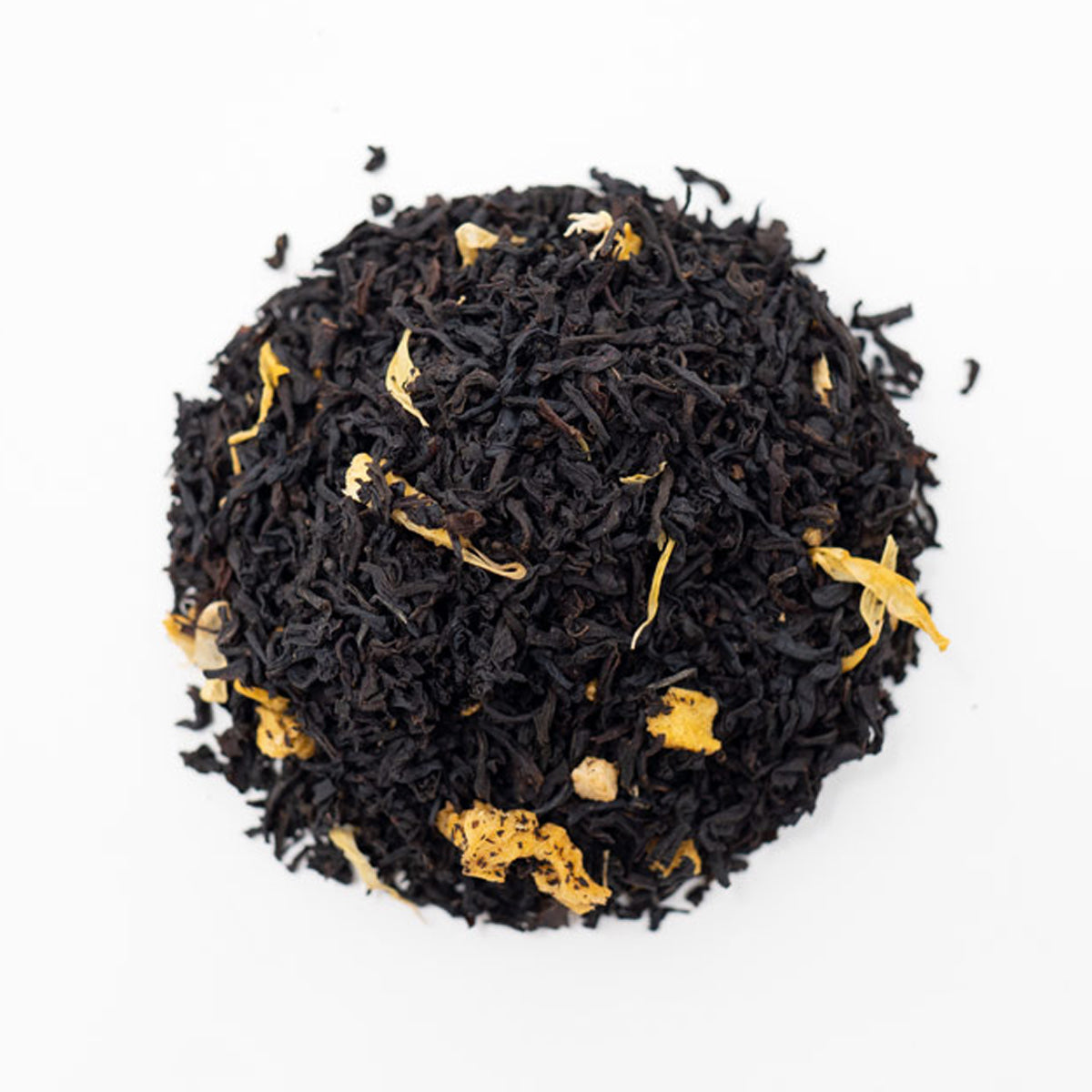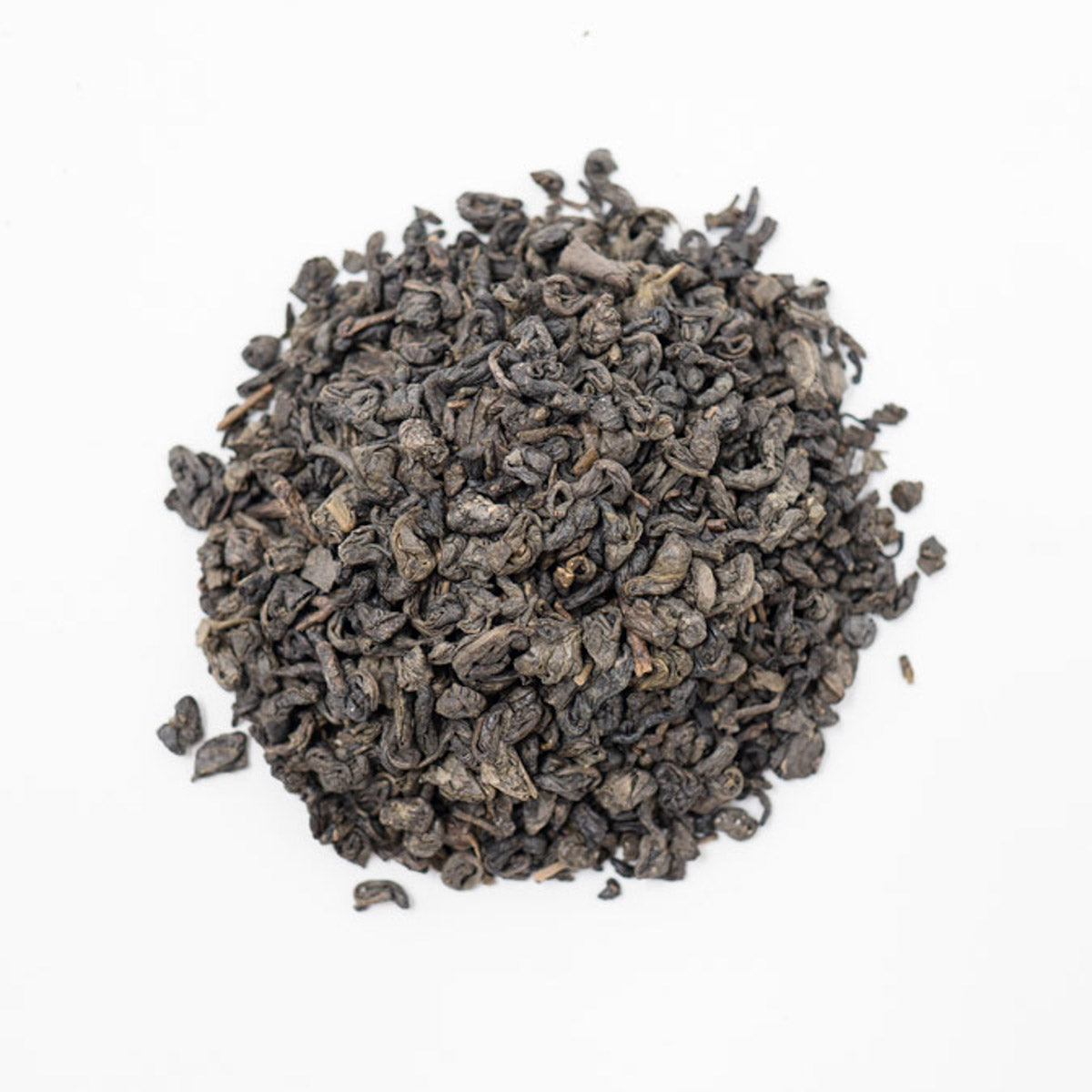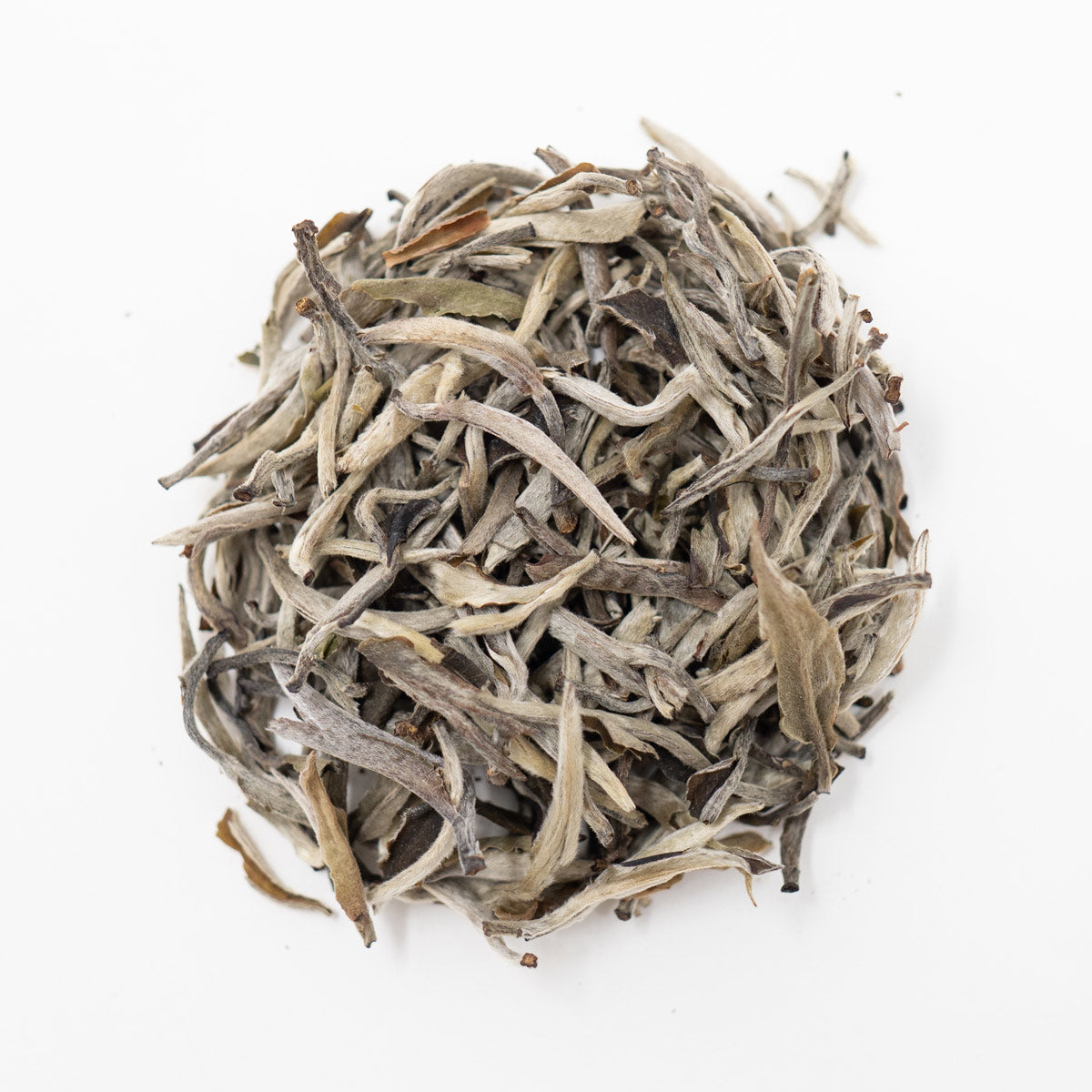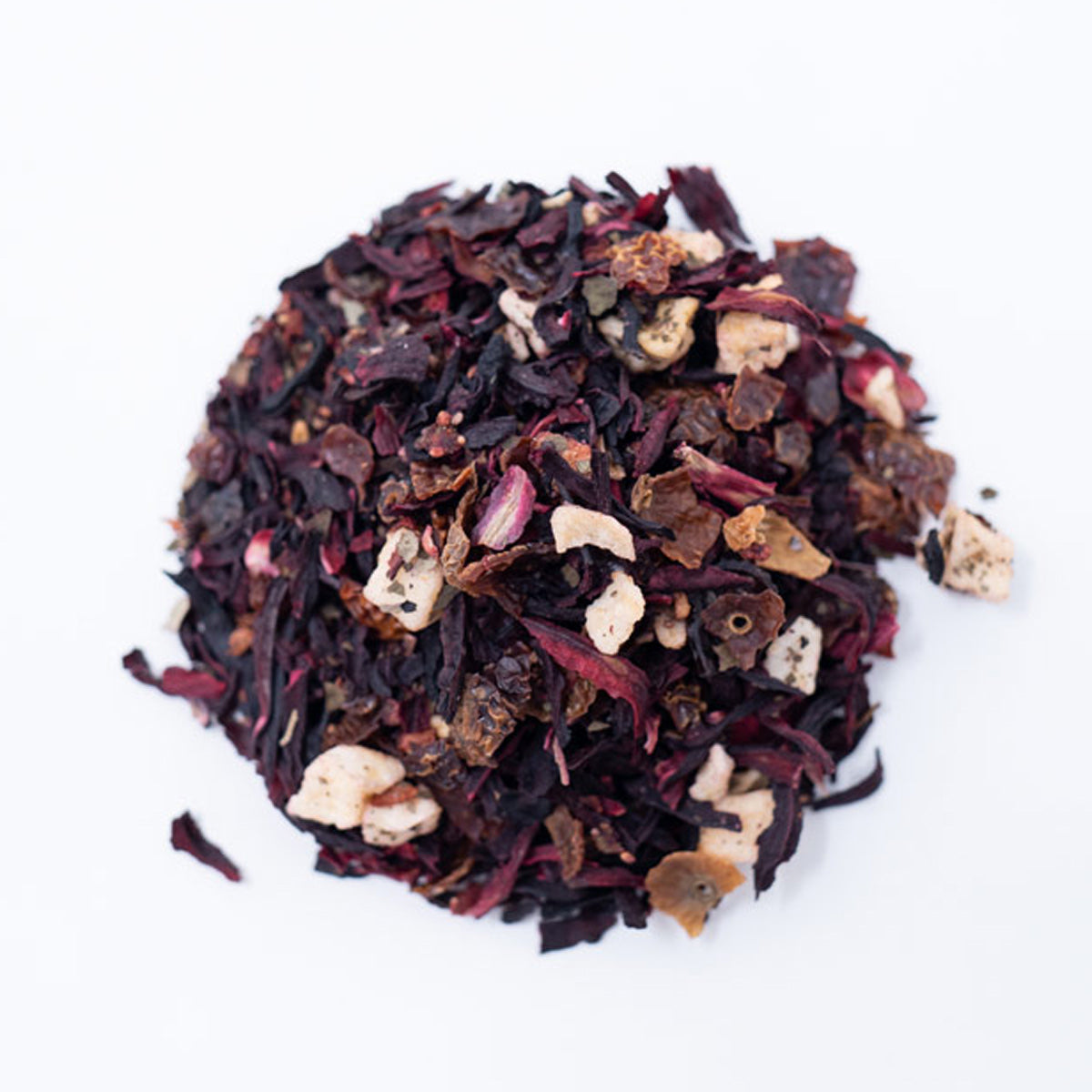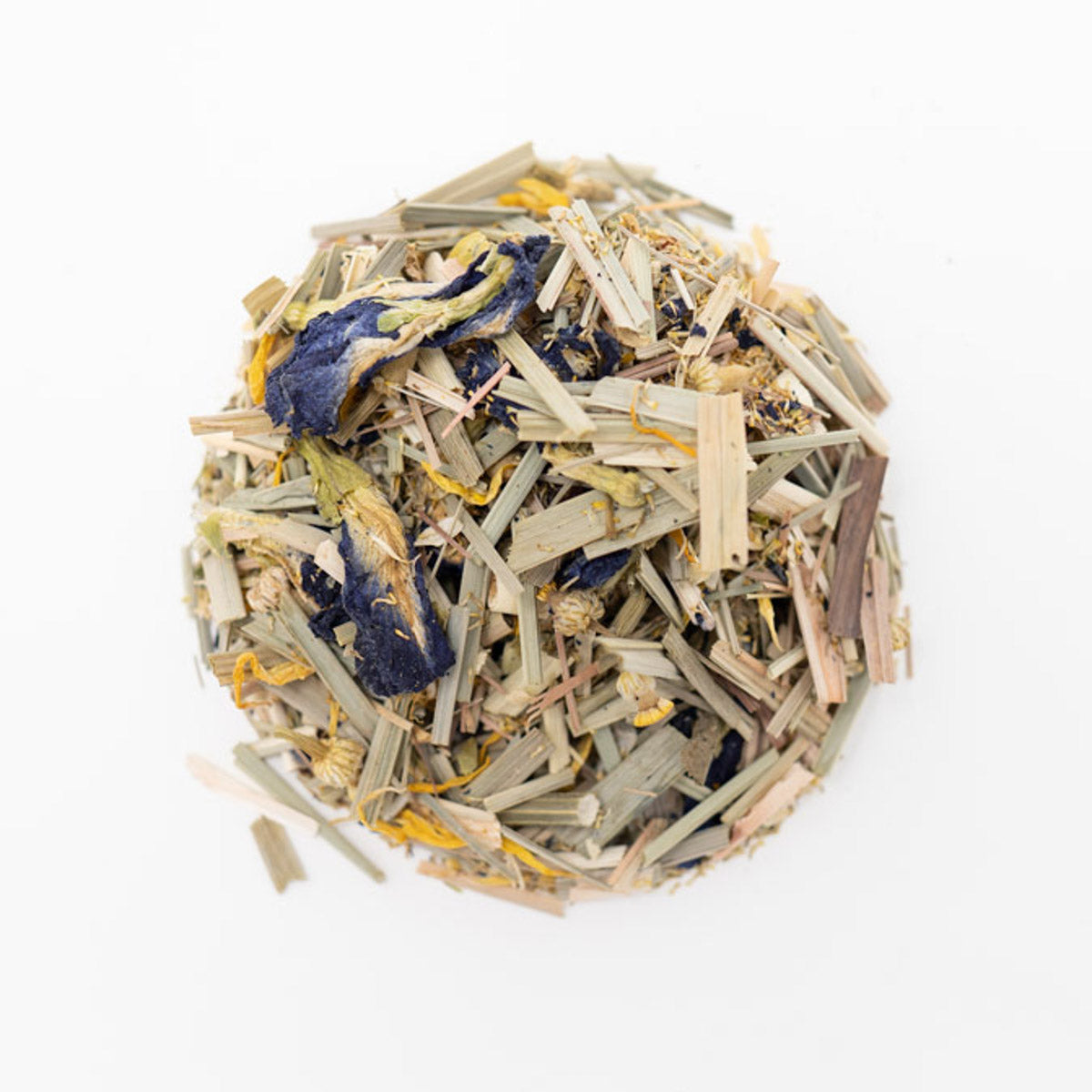Sun Tea | Summer's Controversial Beverage
What is Sun Tea?
The technique of brewing iced tea has only existed for a little over a century, yet it has gained immense popularity, especially in the United States. According to the Tea Association of the USA, around 85% of the tea consumed in America is iced. Drinking tea as a cold beverage asserted itself in the late 19th century when 800+ gallons of iced tea was served at a Missouri Reunion for Ex-Confederate Veterans. To make iced tea, hot brewed tea was poured over ice, and because teabags were not invented until the early 1900s, tea leaves were openly poured into the water.
Although the exact genesis of sun tea is unknown, how it is brewed is very similar to how iced tea was initially made. Instead of using a traditional stove top, sun tea harnesses the sun's rays for heating and steeping the tea leaves. This technique is commonly used when a heat source or electricity is unavailable. For many people, the art of making sun tea is a summer tradition synonymous with the memories of sipping tea on the back patio. My mom would make a giant glass pitcher of sun tea all of the time growing up, and I remember checking on the tea as the leaves would steep and the water would turn a beautiful amber color. Sun tea's nostalgia and almost romantic essence is perhaps the leading reason it gained popularity.
When you brew tea, the flavor is released when the tea leaves are combined with water. It does not matter if the water is hot, cold, or room temperature. Tea is primarily brewed with hot, boiling water because it extracts the flavor more intensely. A quick release of flavor in a short period results in a deep color and flavor profile. Sun tea is often preferred over traditionally brewed iced tea because some say the cooler brewing temperature produces a fresher and less bitter flavor. Tea drinkers also choose sun tea because it is simple to make. All that is needed is a large glass dispenser (preferably with a cover), water, tea leaves, and a sunny day.
How to Make Sun Tea
Water and tea leaves are combined in a large glass dispenser to make sun tea. For a gallon of water, 6-8 tea bags or 5-8 tablespoons of loose-leaf tea are recommended. If using loose-leaf tea, we recommend using tea filter bags for easier brewing and clean-up. These numbers can vary depending on the tea type and desired flavor strength. Next, the dispenser is covered and placed outside directly under the sun to brew for 2-4 hours. The steeping time depends on the outdoor temperature, type of tea, size of the dispenser, and how strong you enjoy your tea. Once brewed, the leaves are removed, sweetener and garnish are added, and the tea is immediately put in the fridge to chill.
The Dangers of Sun Tea
Sun tea's simplicity and cost-effective benefits are incredibly appealing, but recently, there has been controversy regarding the safety of consumption. According to the Centers for Disease Control, using the sun to brew tea can facilitate the growth of bacteria. The sun can heat tea to about 130 ° F, which is not nearly hot enough to kill the bacteria in the water or tea itself. The proper heating temperature to kill such bacteria is 195 ° for at least 3-5 minutes.
The main bacteria that can be found in sun tea is called Alcaligenes viscolactis, a microbe commonly found in water. Research has discovered that the caffeine in black tea can help prevent the bacteria from growing, but for only a short time. Herbal teas are thought to be the most dangerous because they lack the protective barrier needed to prevent the breeding of bacteria. In my years of drinking sun tea, I have never experienced the effects of bacterial growth, but I would be doing everyone a disservice if I did not mention it. To be safe, I have personally decided to use alternative methods to make iced tea. For those that want to continue making sun tea, here are some recommended safety measures to prevent any harmful effects:
- Ensure the container (preferably a transparent glass jar with a cover) is scrubbed clean with warm, soapy water. If the container has a stopper, clean that thoroughly also. For extra precaution, you can clean the dispenser with a bleach solution.
- When assembling your tea, use purified or bottled water.
- Use high-quality tea and store it in a cool, dark, and dry place before using it. Once used, throw the tea leaves away – they cannot be re-steeped.
- Do not leave the tea to brew in the sun for longer than 4 hours.
- Prepare only the amount of tea you plan to consume that same day.
- Refrigerate the tea as soon as it is ready and keep it refrigerated.
- Add sweeteners and garnish AFTER the tea is brewed. Waiting makes no difference flavor-wise and can prevent further bacterial growth.
- Do not use the tea if it appears thick, syrupy, or has a foul odor. These conditions can all be signs of bacterial growth.
No matter your stance on sun tea, it is always wise to be aware and cautious when handling ingredients, brewing equipment, and cooking temperature. Many believe that the fear of sun tea is exaggerated and that the government takes a "better safe than sorry" approach. This thought may be accurate, but the science is still there. Luckily, there are many ways to brew delicious tea without the risk.
A Safer Alternative: Cold Brew Tea
If you prefer to avoid the risk entirely, the safer alternative to sun tea is cold brew or refrigerator tea. Instead of brewing the tea out in the sun, the tea leaves will steep in the fridge for at least 6 hours or overnight, depending on the type of tea and your preferred flavor intensity. This method may sound contradictory to why sun tea is unsafe, but the fact that you won't be heating the tea means it cannot grow bacteria. With sun tea, you do not want to find yourself in the "danger zone" where it is warm enough to grow bacteria but not hot enough to kill them. That worry becomes non-existent with cold brew tea. Not only is it safer, and many people find it tastier, but it also comes out chilled and ready to drink. To learn more about cold brew tea, check out our blog post!
